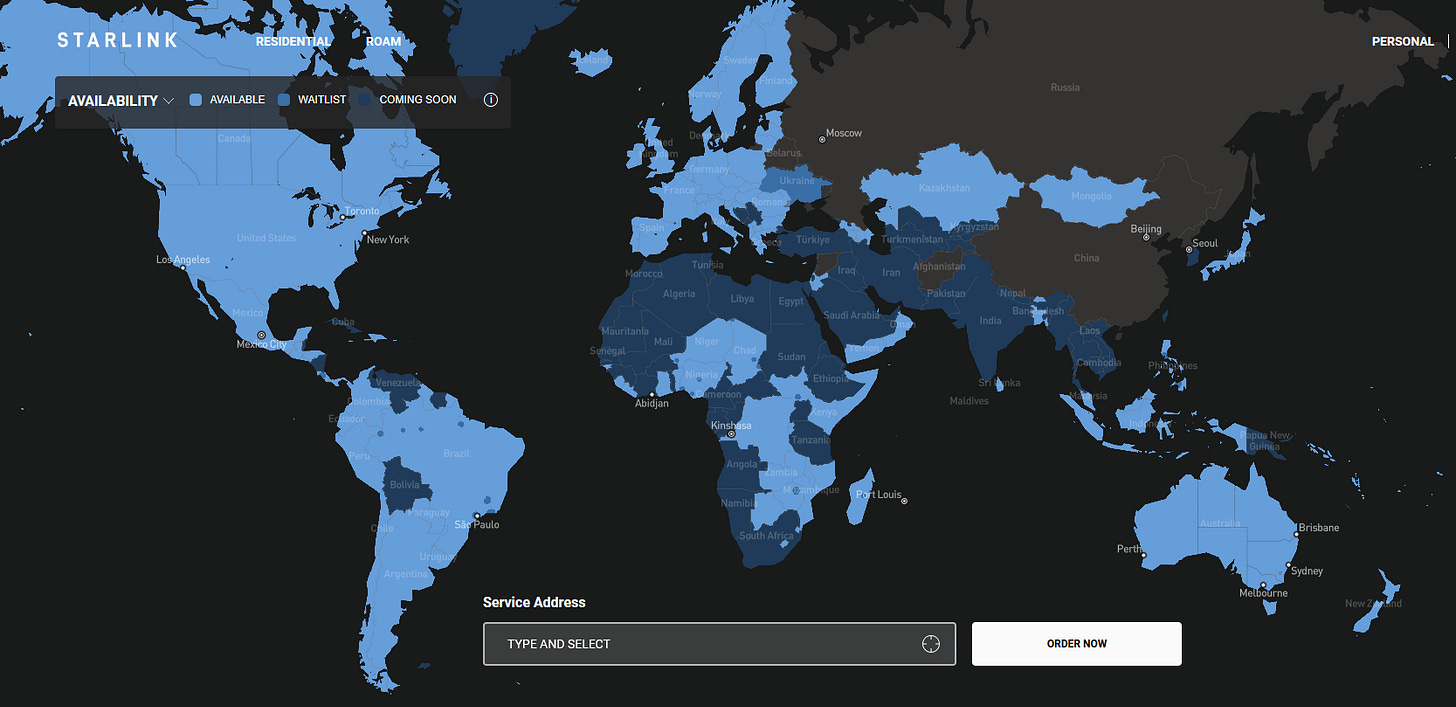This post is an extension of material that has appeared in another newsletter/section and other parts of my website more generally. While my newsletters/sections are primarily categorized by region—you can either subscribe to specific newsletters/sections or subscribe to the entire website/all of my writings—many posts can be readily placed in multiple newsletters/sections—but only appear in one newsletter/section given how the Substack platform is configured—and may be highly relevant to readers who are primarily interested in other parts of the world. Posts dealing with ongoing conflicts or advances in military technology, for example, may highlight developments and dynamics that may be be of consequence to other countries. Similarly, posts that deal with the military capabilities of one country may be relevant to readers who are primarily interested in the military capabilities of other countries. My Extensions themed posts will be used to highlight content that I think subscribers of other newsletters/sections may find interesting. I hope that my Extensions themed posts help rationalize my peculiar comparativist analytical approach, one that results in my website covering a very wide range of military-related topics and much of the world.
In a recent post, I addressed some of the military implications of the increasing availability of Starlink’s low Earth orbit (LEO) satellite communication (SATCOM) service across the Middle East. Commercial LEO SATCOM providers like Starlink offer low-latency and high-bandwidth satellite internet service to users located in essentially any part of the coverage area, which is determined not by technology but by the ability of individual governments to regulate the use of radio frequencies on and above their territory under the provisions of the International Telecommunications Union (ITU). While LEO SATCOM can be used to access the internet, it can also be used as a datalink for military purposes. LEO SATCOM can be used to:
Remotely pilot uncrewed systems, including uncrewed aircraft.
Access the real-time feed of the sensors carried by uncrewed systems.
Provide uncrewed systems with accurate and reliable positioning data as an alternative to Global Positioning System (GPS) and other global navigation satellite systems (GNSS) more generally.
Remotely activate pre-positioned munitions and other forms of military equipment more generally.
Support the operations of adversary special forces, intelligence operators, and local collaborators more generally.
While the two countries that were the focus of my recent post, Saudi Arabia and the United Arab Emirates, have not yet granted Starlink approval to offer commercial satellite internet service in and above their territory, Starlink is readily available in Japan. Although LEO SATCOM has clear-cut benefits for Japan’s economy and the lives of the country’s inhabitants, it also has the inherent potential of substantially enhancing Chinese and North Korean military capabilities. While China has its own (non-LEO, at this time) SATCOM capabilities, it can nevertheless make use of readily available Starlink’s low-latency and high-bandwidth satellite internet service to enhance both its military and intelligence capabilities. For North Korea and other countries that (A) do not have their own communication satellites and (B) have very limited access to the communication satellites of other countries and commercial satellite internet services more generally, readily available satellite internet from Starlink and, going forward, other commercial LEO SATCOM providers, will enable a very significant enhancement of the country’s military and intelligence capabilities.
To be clear, the potential threat posed by the availability of Starlink and LEO SATCOM more generally to Japan should not be exaggerated and should be viewed in its proper context. As with most areas of government policy, Japanese decision-makers faced trade-offs and appear to have ultimately decided that the benefits of commercially available low-latency and high-bandwidth satellite internet to Japan outweigh the costs and risks to the country. Even so, observers must be mindful that these costs and risks are of the non-zero variety. As with other countries that have approved Starlink’s satellite internet service—and even those that have not in times of war—LEO SATCOM amplifies the longstanding threats posed by adversary strike munitions, special forces, and intelligence agents.
If you find this topic interesting, consider reading my post dealing with the increasing availability of Starlink’s satellite internet service across the Middle East:
Will The Gulf Arab Countries Approve Starlink LEO SATCOM Amid The Mounting Iranian Strike Munition Threat?
The American company SpaceX offers satellite internet service in much of the world through its constellation of Starlink communication satellites. Although commercial satellite communications (SATCOM) is not new, Starlink is the first fully operational SATCOM service to utilize satellites that are located in low Earth orbit (LEO). While this forces Spac…



